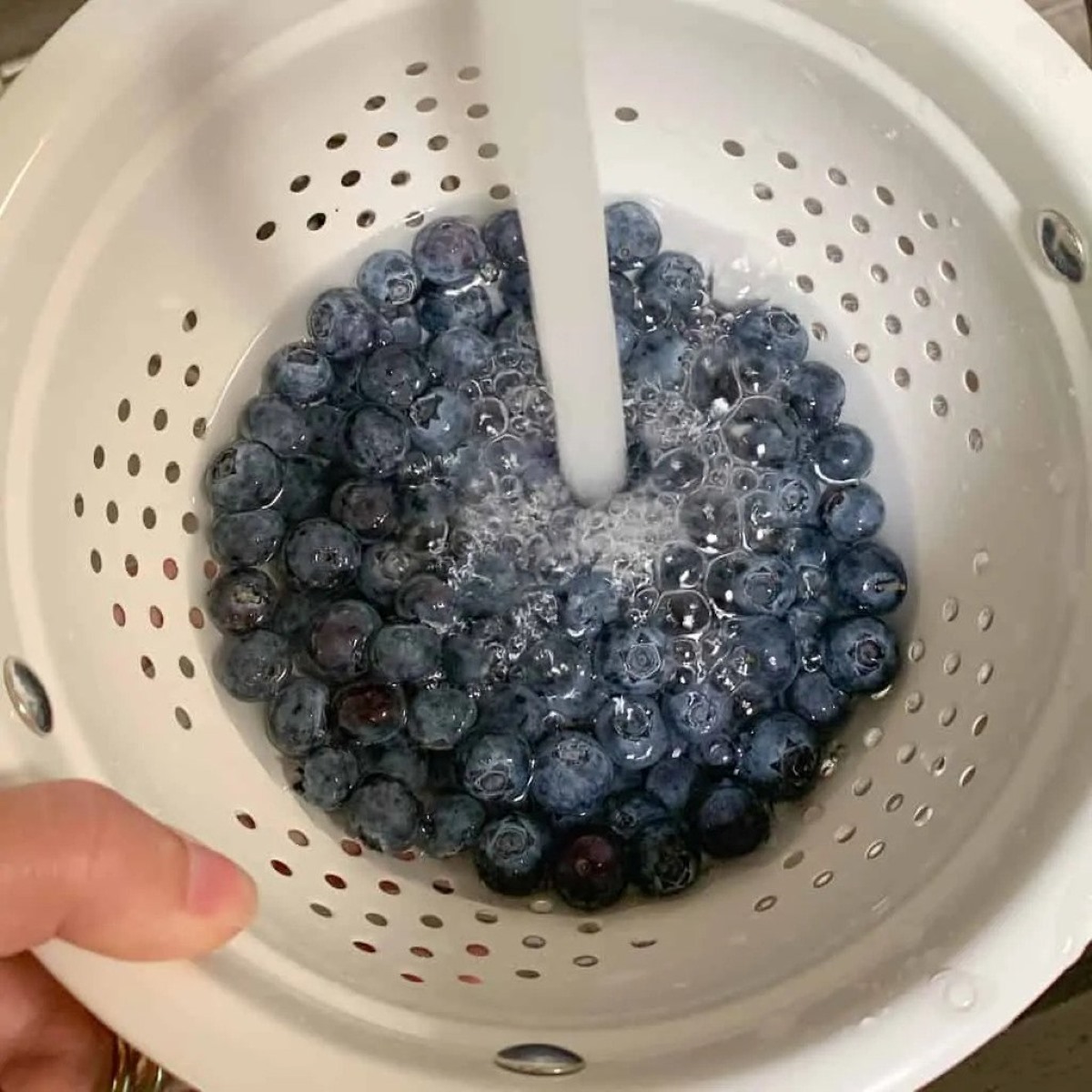

Articles
How To Store Washed Blueberries
Modified: December 7, 2023
Learn the best methods for storing fresh, washed blueberries in this informative article. Discover tips and tricks to keep your berries fresh and delicious for longer.
(Many of the links in this article redirect to a specific reviewed product. Your purchase of these products through affiliate links helps to generate commission for Storables.com, at no extra cost. Learn more)
Introduction
Blueberries are delicious, nutritious, and versatile fruits that are loved by many. Whether you enjoy them fresh, in smoothies, or as a topping on your favorite desserts, blueberries provide a burst of flavor and a host of health benefits. However, once you’ve washed your blueberries, proper storage becomes crucial to maintain their freshness and extend their shelf life.
Improperly stored washed blueberries can quickly deteriorate, becoming mushy, moldy, or losing their vibrant color. To ensure that you can enjoy your blueberries for as long as possible and avoid any unpleasant surprises when you reach for a handful, it’s important to store them correctly. In this article, we will discuss the importance of properly storing washed blueberries and provide a step-by-step guide on how to do it effectively.
By following these simple storage tips, you can enjoy the taste and nutritional benefits of your washed blueberries for an extended period.
Key Takeaways:
- Properly storing washed blueberries is crucial to maintain their freshness, flavor, and nutritional value. Follow the step-by-step guide to extend their shelf life and enjoy them for an extended period.
- Choosing the right storage container, lining it with paper towels, and checking for spoiled berries are key steps in ensuring your washed blueberries stay fresh and delicious. Enjoy the taste and health benefits of properly stored blueberries!
Read more: How To Store Blueberries In Tupperware
Importance of Properly Storing Washed Blueberries
Properly storing washed blueberries is crucial to maintain their freshness, taste, and nutritional value. Here’s why it is so important:
- Prolongs Shelf Life: Blueberries, like most fruits, have a limited shelf life. By storing them correctly, you can extend their freshness and enjoy them for a longer time. Improper storage can cause blueberries to spoil quickly, resulting in wastage.
- Maintains Texture: When blueberries are not stored properly, they can become mushy and lose their firmness. This can make them unappetizing to eat and affect the overall texture of a dish if they are used as an ingredient.
- Preserves Flavor: Blueberries have a delicate and delicious flavor profile that can be compromised if they are improperly stored. Storing them in the right conditions helps preserve their sweet and tangy taste, ensuring that each bite is as flavorful as the first.
- Retains Nutritional Value: Blueberries are packed with essential vitamins, minerals, and antioxidants. However, exposure to heat, moisture, and air can cause the breakdown of these beneficial components. Proper storage helps retain the nutritional value of blueberries, allowing you to reap their health benefits.
- Saves Money: By storing washed blueberries properly, you can minimize waste and save money. When blueberries spoil due to improper storage, you have to discard them, resulting in a financial loss. By following the right storage techniques, you can avoid unnecessary expenses and get the most out of your blueberries.
Now that you understand the importance of properly storing washed blueberries, let’s dive into the step-by-step guide on how to do it effectively.
Step 1: Choose the Right Storage Container
Choosing the right storage container is the first step in properly storing washed blueberries. The right container will provide a suitable environment that helps maintain the freshness and quality of the blueberries. Here are some factors to consider when selecting a storage container:
- BPA-Free and Food-Safe: Look for a container that is BPA-free and made from food-safe materials. This ensures that no harmful chemicals or toxins leach into the blueberries, keeping them safe for consumption.
- Airtight Lid: An airtight lid is essential for preserving the freshness of the blueberries. It prevents air from entering the container, which can accelerate spoilage. Make sure the lid fits securely and forms a tight seal.
- Transparent: Opt for a transparent container that allows you to see the blueberries without opening the lid. This way, you can easily monitor their condition without exposing them to excess air or light.
- Size and Shape: Choose a container that is appropriately sized for the amount of washed blueberries you have. It should have enough room to hold the berries without squishing or overcrowding them. Additionally, a container with a wide opening makes it easier to access the blueberries without causing damage.
- Stackable: If you have limited storage space, consider using stackable containers. They help optimize space in the refrigerator and keep the blueberries organized.
- Easily Cleanable: Look for a container that is easy to clean and dishwasher-safe. This ensures that you can maintain proper hygiene and keep the container free from any contaminants.
Once you have selected the right storage container, it’s time to move on to the next step in properly storing your washed blueberries.
Step 2: Line the Container with Paper Towels
Lining the storage container with paper towels is an important step in the process of properly storing washed blueberries. The paper towels help absorb excess moisture and prevent the buildup of condensation, which can lead to spoilage. Here’s how to line the container with paper towels:
- Select High-Quality Paper Towels: Choose paper towels that are thick and absorbent. They should be able to effectively absorb any moisture released by the blueberries.
- Cut the Paper Towels to Size: Take a sheet of paper towel and cut it to fit the bottom of the storage container. Trim it so that it covers the entire surface and does not overlap the sides.
- Place the Paper Towel in the Container: Lay the cut paper towel at the bottom of the storage container. Smooth out any wrinkles or folds to ensure it lies flat.
- Repeat as Needed: If the container is deep or large, you may need to add additional layers of paper towels. Cut more paper towels to size and place them on top of the first layer, continuing until the entire bottom and sides of the container are lined.
By lining the container with paper towels, you create a barrier that absorbs excess moisture and helps keep the blueberries dry. This step plays a crucial role in preventing the blueberries from becoming mushy or developing mold. Now that the container is properly lined, it’s time to move on to the next step.
Step 3: Place the Washed Blueberries in the Container
Now that you have prepared the storage container, it’s time to carefully place the washed blueberries inside. This step ensures that the blueberries are arranged in a way that maximizes airflow and minimizes the risk of bruising or crushing. Here’s how to do it:
- Gently Shake off Excess Water: Before transferring the blueberries to the container, gently shake off any excess water. This helps prevent the buildup of excess moisture, which can lead to spoilage.
- Transfer the Blueberries: Carefully transfer the washed blueberries into the prepared storage container. Use a spoon or your hands, being gentle to avoid crushing or damaging the berries.
- Spread them Evenly: Spread the blueberries in a single layer to ensure proper airflow. This helps maintain their freshness and prevents them from becoming mushy.
- Avoid Overcrowding: It’s important not to overcrowd the blueberries in the container. If necessary, use multiple containers or leave some space between the berries to prevent bruising and allow air circulation.
By placing the washed blueberries in the container carefully, you maintain their integrity and minimize the risk of spoilage. Now that the blueberries are securely in the container, it’s time to move on to the next step – covering and storing them in the refrigerator.
Store washed blueberries in a single layer on a paper towel-lined tray to allow air circulation and prevent them from becoming mushy. Keep them in the refrigerator for up to 5 days.
Read more: How To Store Blueberry Pie
Step 4: Cover the Container and Store in the Refrigerator
After placing the washed blueberries in the storage container, it’s crucial to cover it properly and store it in the refrigerator. This step helps maintain the freshness, flavor, and quality of the blueberries. Follow these instructions to cover and store the container:
- Secure the Lid: Ensure that the lid of the storage container is sealed tightly and securely. This helps create an airtight environment, preventing the entry of air and the loss of moisture.
- Label and Date: If you have multiple containers or plan to store the blueberries for more than a few days, it’s helpful to label the container with the date. This allows you to keep track of their freshness and consume the oldest berries first.
- Place in the Refrigerator: Put the covered container of washed blueberries in the refrigerator. Ideally, store them in the crisper drawer or at a temperature of around 32-36°F (0-2°C) to help maintain their freshness and slow down the ripening process.
- Avoid Storing Near Strong Odors: Blueberries can absorb odors easily. It’s important to keep them away from strong-smelling foods such as onions or garlic to prevent any unwanted flavors from seeping into the berries.
- Do Not Freeze Unwashed Berries: It’s important to note that you should only store washed blueberries in the refrigerator, not freeze them. Freezing unwashed blueberries can affect their texture and overall quality.
By covering the container and storing it in the refrigerator, you create an optimal environment for the blueberries to stay fresh and flavorful. Remember to check the berries regularly for any signs of spoilage and remove any moldy or mushy berries promptly. Now that the container is safely stored, let’s move on to the next step.
Step 5: Check and Remove any Spoiled Blueberries
Regularly checking and removing any spoiled blueberries is an important step in properly storing washed blueberries. Even with the best storage techniques, some blueberries may still spoil over time. This step helps prevent the spread of mold and maintains the quality of the remaining berries. Here’s how to check and remove any spoiled blueberries:
- Inspect the Blueberries: Take a close look at the blueberries in the container. Look for any signs of mold, mushiness, or discoloration.
- Remove Individual Spoiled Berries: Carefully pick out any blueberries that appear moldy, shriveled, or excessively soft. Discard these berries immediately to prevent the spread of mold to the rest of the batch.
- Replace Paper Towels (if necessary): If any of the removed berries were extremely moist or moldy, it’s a good idea to replace the paper towels lining the container. This helps maintain a clean and dry environment for the remaining blueberries.
- Repeat Regularly: Make it a habit to check the blueberries every few days, especially as time goes by. This allows you to catch any spoilage early, ensuring that you can consume the remaining berries before they too deteriorate.
By regularly checking and removing any spoiled blueberries, you can maintain the quality and freshness of the rest of the batch. Take the time to ensure that only the best berries are kept, and promptly discard any that show signs of spoilage. Now that you’ve checked for spoiled berries, let’s move on to the optional final step of rinsing the blueberries before consumption.
Step 6: Rinse Before Consumption (Optional)
The final step in properly storing washed blueberries is to rinse them before consumption. While this step is optional, it can help remove any residual dirt, particles, or bacteria that may be present on the berries. Here’s how to rinse the blueberries:
- Gently Rinse with Cold Water: Place the desired amount of blueberries in a colander or strainer. Gently rinse them under cold running water.
- Swirl the Berries: Swirl the blueberries in the water with your hands, allowing the water to reach all surfaces.
- Drain and Pat Dry: Drain the water from the colander or strainer. Give the blueberries a gentle shake to remove excess water, and then pat them dry with a clean kitchen towel or paper towel.
- Consume or Store: Once rinsed and dried, you can either consume the blueberries immediately or return them to the storage container and place them back in the refrigerator until you’re ready to enjoy them.
Rinsing the blueberries before consumption can provide an extra layer of cleanliness and peace of mind. However, it’s important to note that excessive rinsing can lead to the loss of some of the blueberries’ natural bloom, a natural protective coating. Therefore, it’s best to rinse them only when necessary.
By following these optional rinsing steps, you can ensure that your blueberries are clean and ready to be enjoyed. Now that you’ve completed all the necessary steps, you can confidently store and enjoy your washed blueberries. Happy snacking!
Conclusion
Properly storing washed blueberries is essential to maintain their freshness, flavor, and nutritional value. By following the step-by-step guide outlined in this article, you can prolong the shelf life of your blueberries and avoid wastage. Let’s recap the key points:
- Choose the right storage container that is BPA-free, airtight, transparent, and easily cleanable.
- Line the container with paper towels to absorb excess moisture and prevent spoilage.
- Place the washed blueberries gently in the container, spreading them out in a single layer to allow for proper airflow.
- Cover the container tightly and store it in the refrigerator, away from strong-smelling foods.
- Regularly check for any spoiled blueberries and remove them promptly to prevent the spread of mold.
- Rinse the blueberries before consumption, if desired, to remove any residual dirt or bacteria.
By properly storing washed blueberries, you can enjoy their sweet and tangy taste, vibrant color, and numerous health benefits for an extended period. Whether you use them in recipes, add them to smoothies, or simply enjoy them as a snack, following these storage techniques will help ensure that your blueberries stay fresh and delicious.
Remember to always handle washed blueberries with care, avoiding excessive squeezing or mishandling that can lead to bruising. Additionally, be sure to consume the blueberries within a reasonable timeframe to enjoy them at their peak freshness.
Now that you have a comprehensive understanding of how to store washed blueberries, go ahead and put these tips into practice. Enjoy the taste of juicy blueberries all year round, knowing that you’ve preserved their freshness and quality through proper storage techniques.
Frequently Asked Questions about How To Store Washed Blueberries
Was this page helpful?
At Storables.com, we guarantee accurate and reliable information. Our content, validated by Expert Board Contributors, is crafted following stringent Editorial Policies. We're committed to providing you with well-researched, expert-backed insights for all your informational needs.
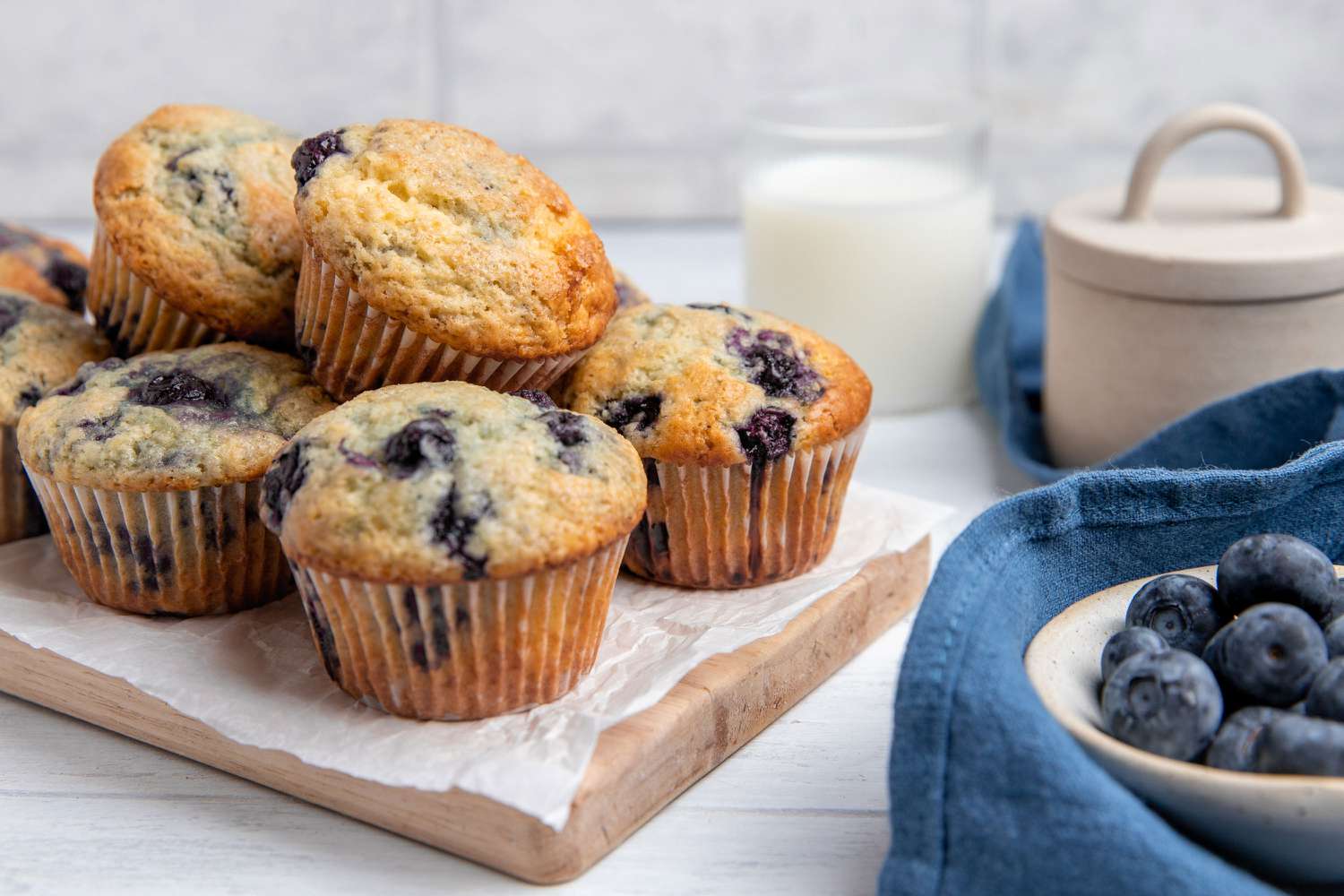
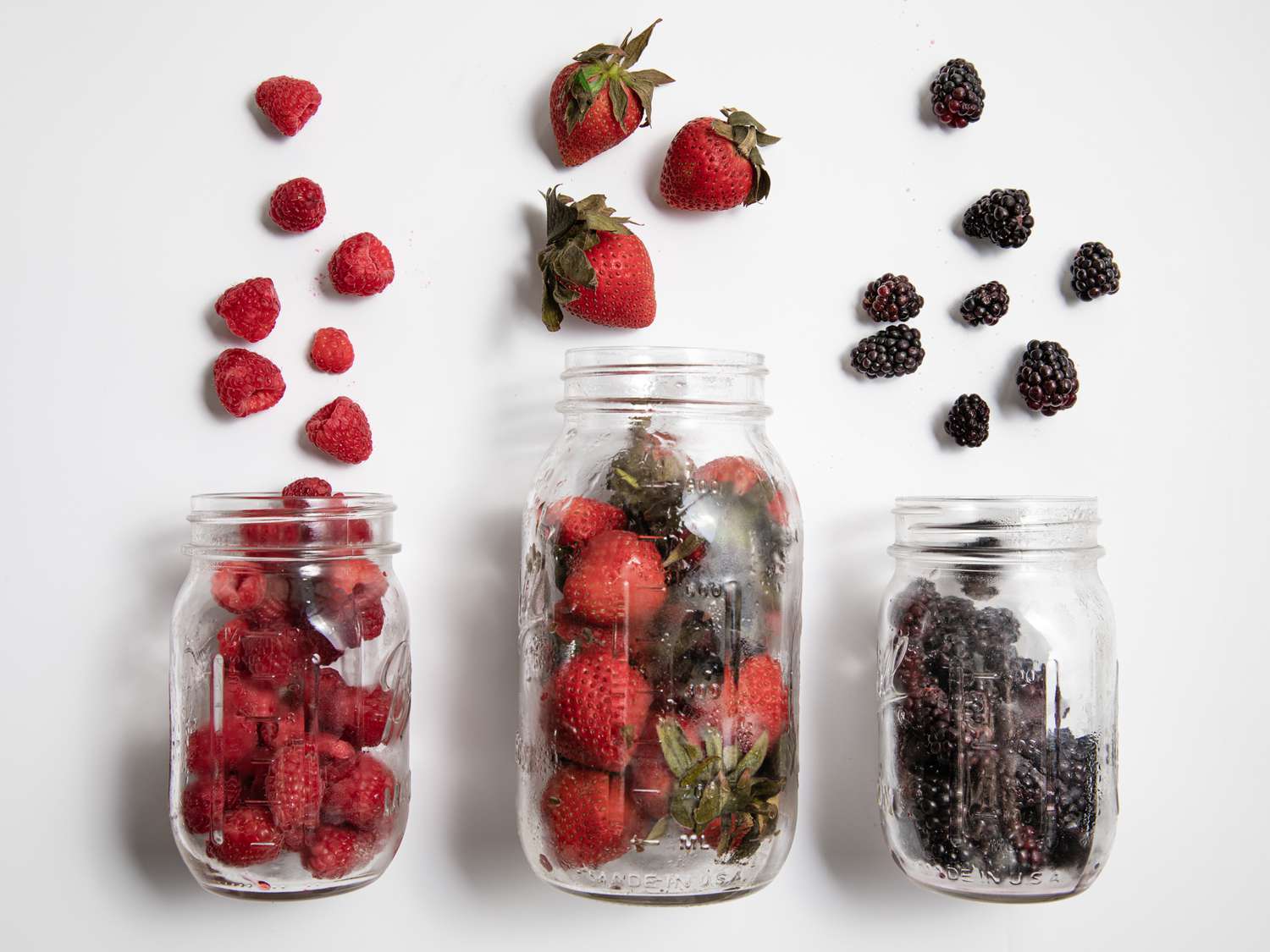
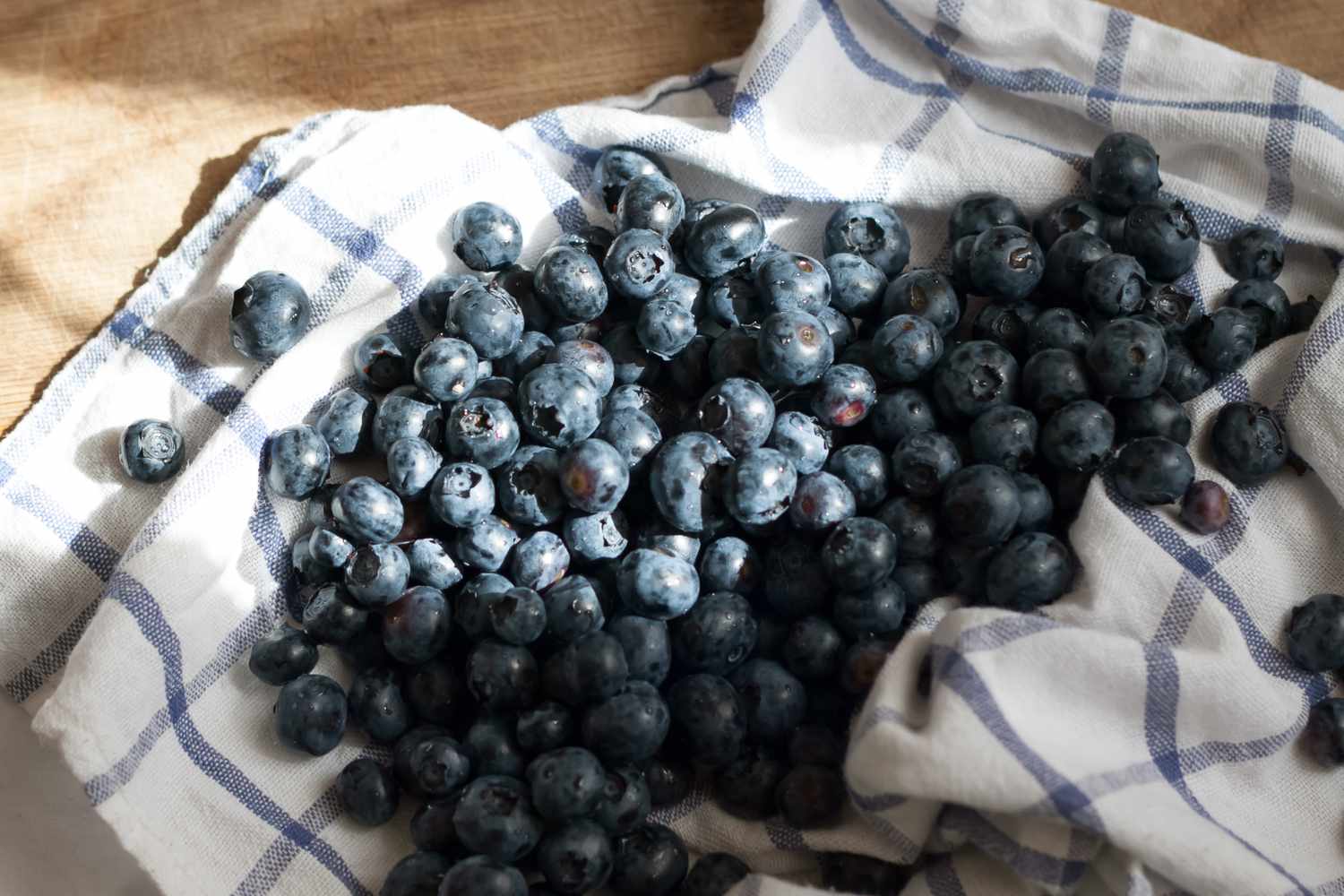
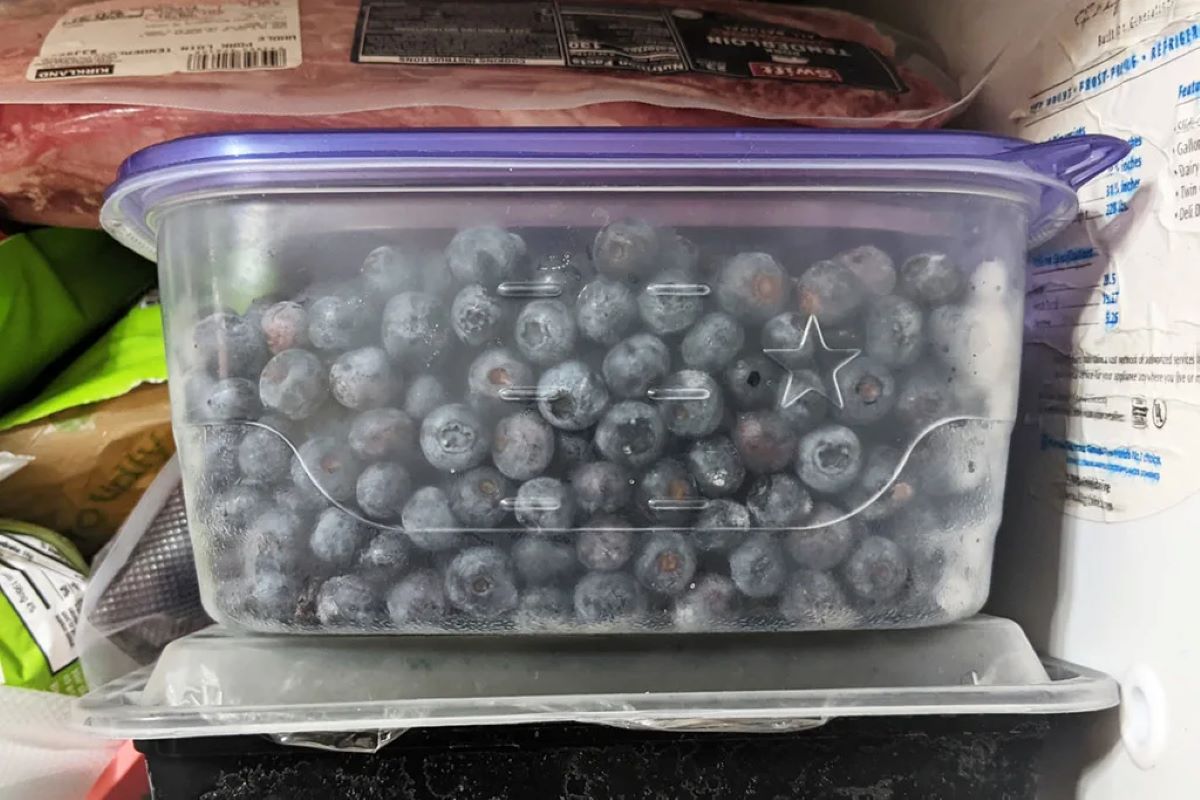

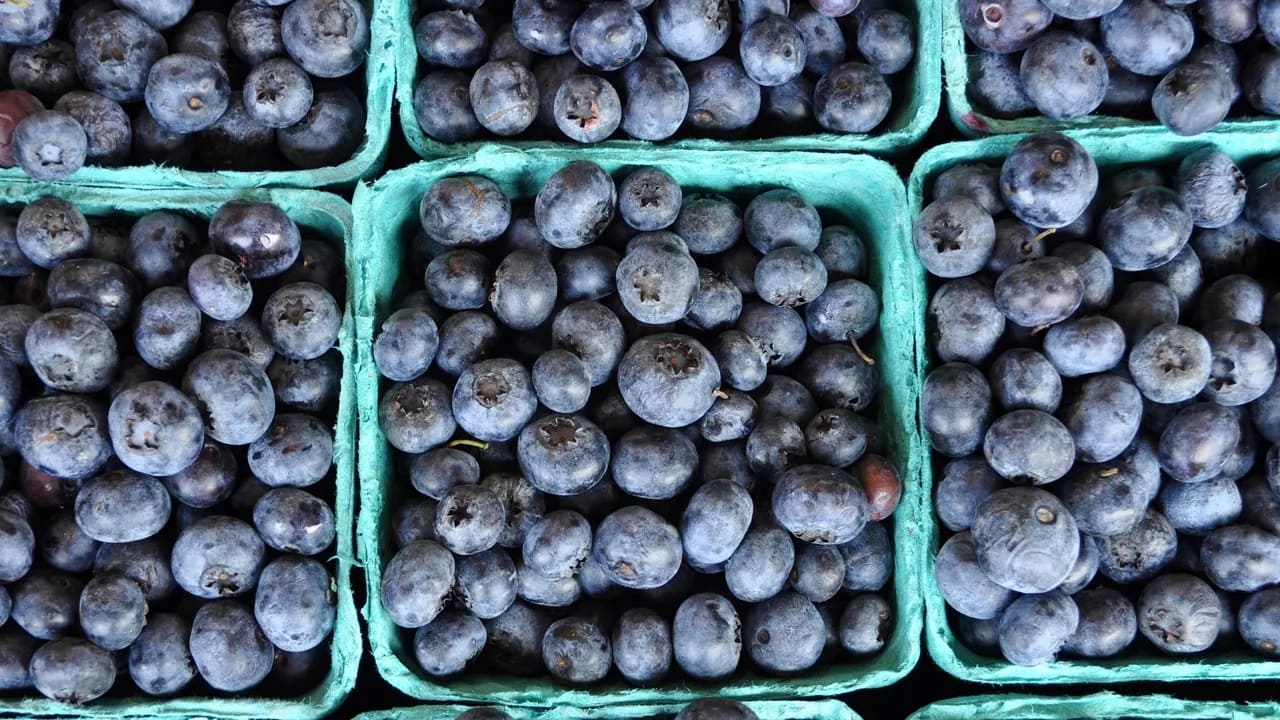
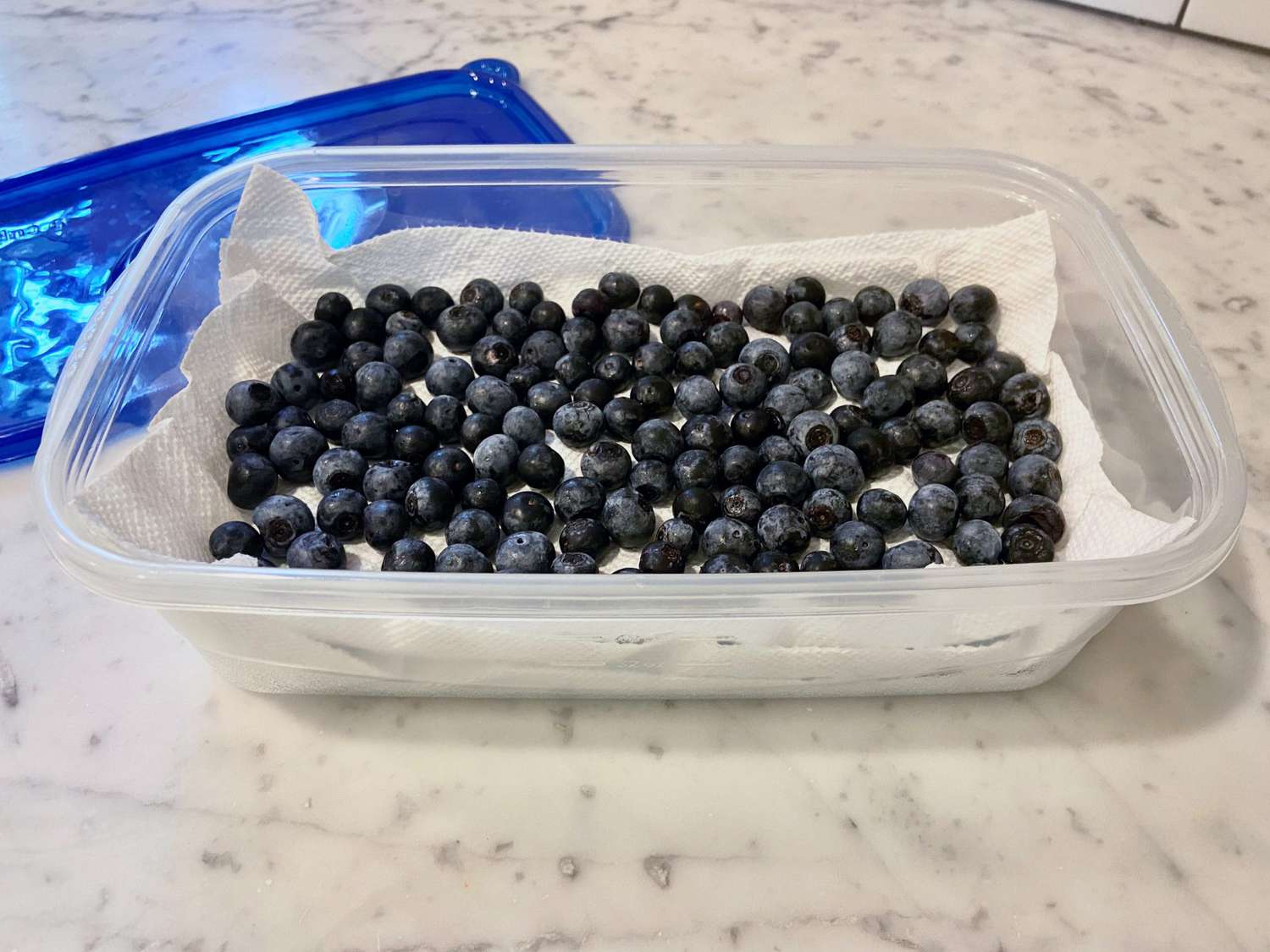
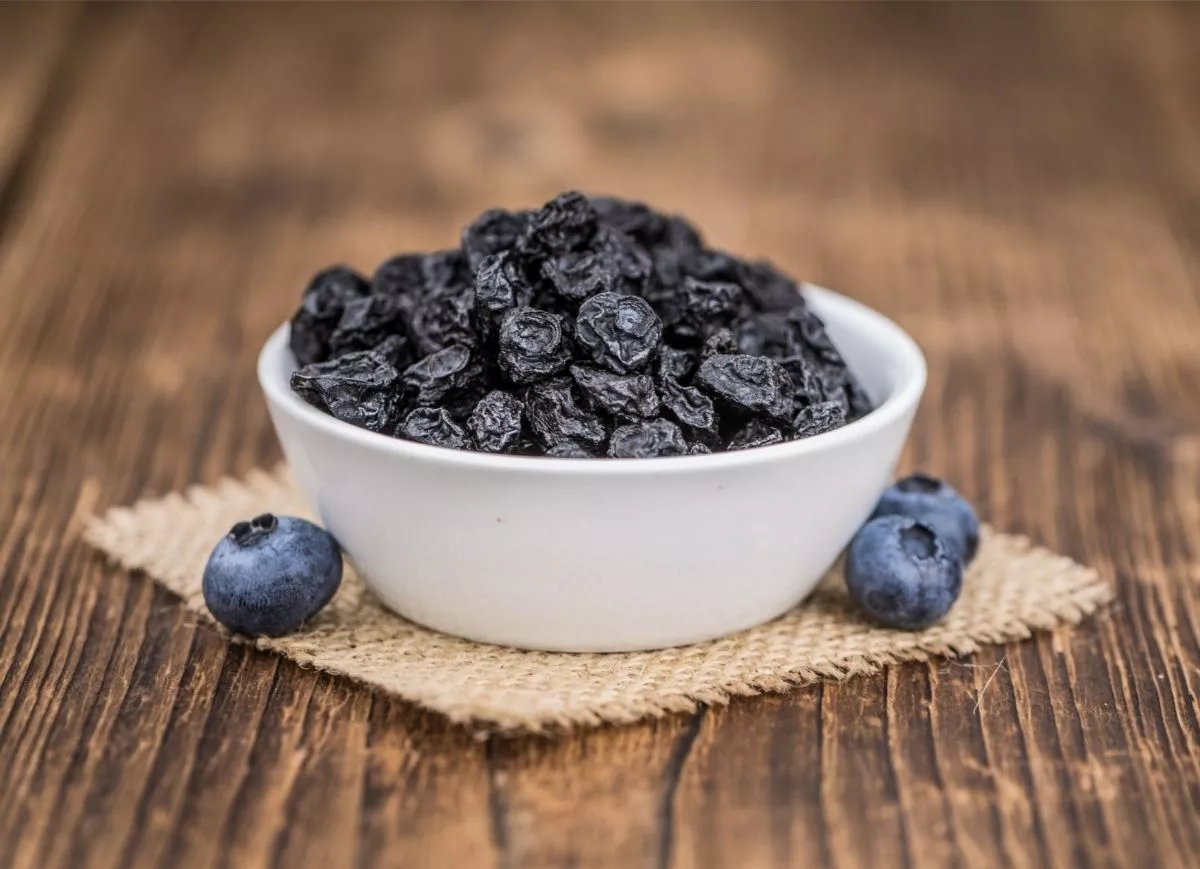


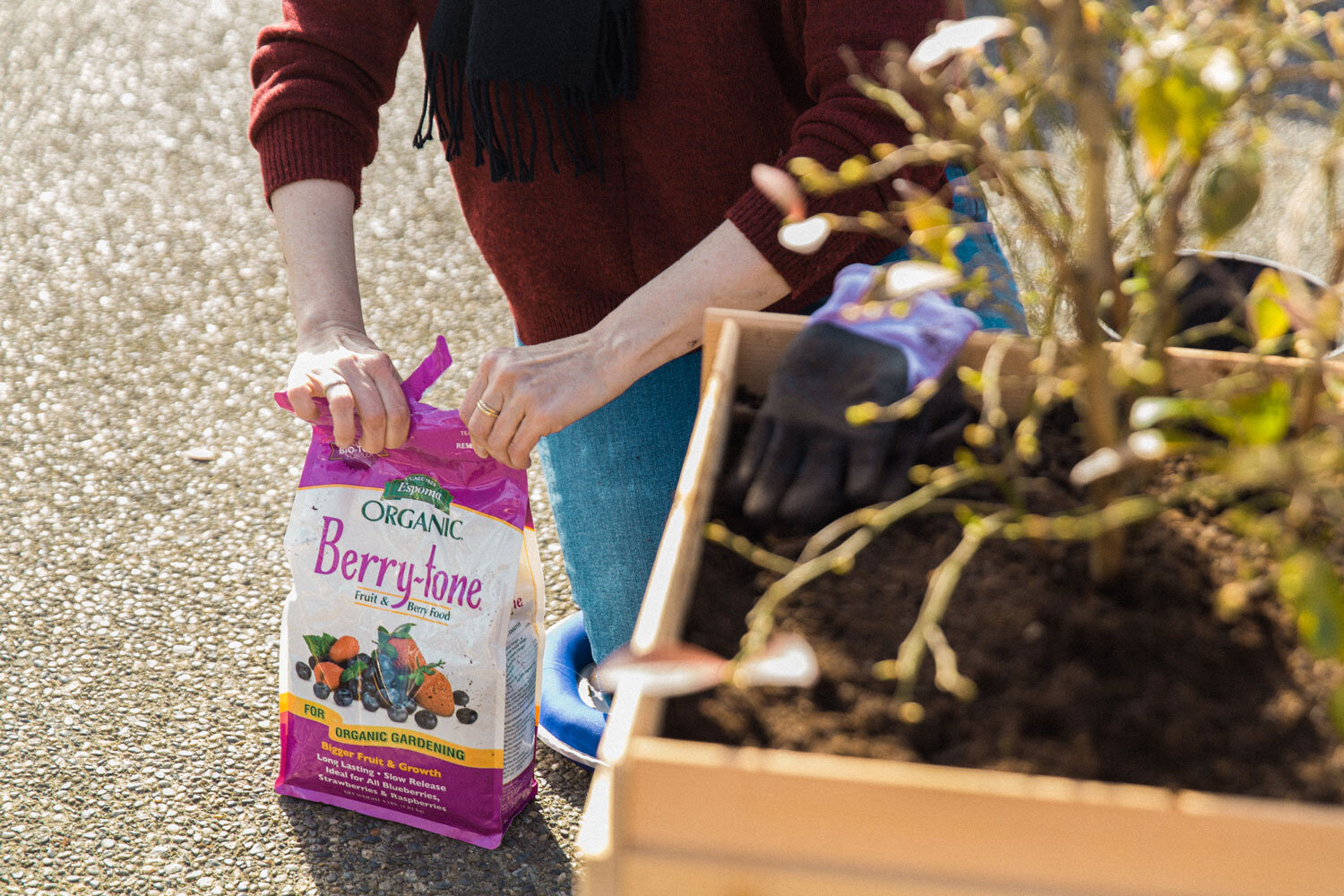
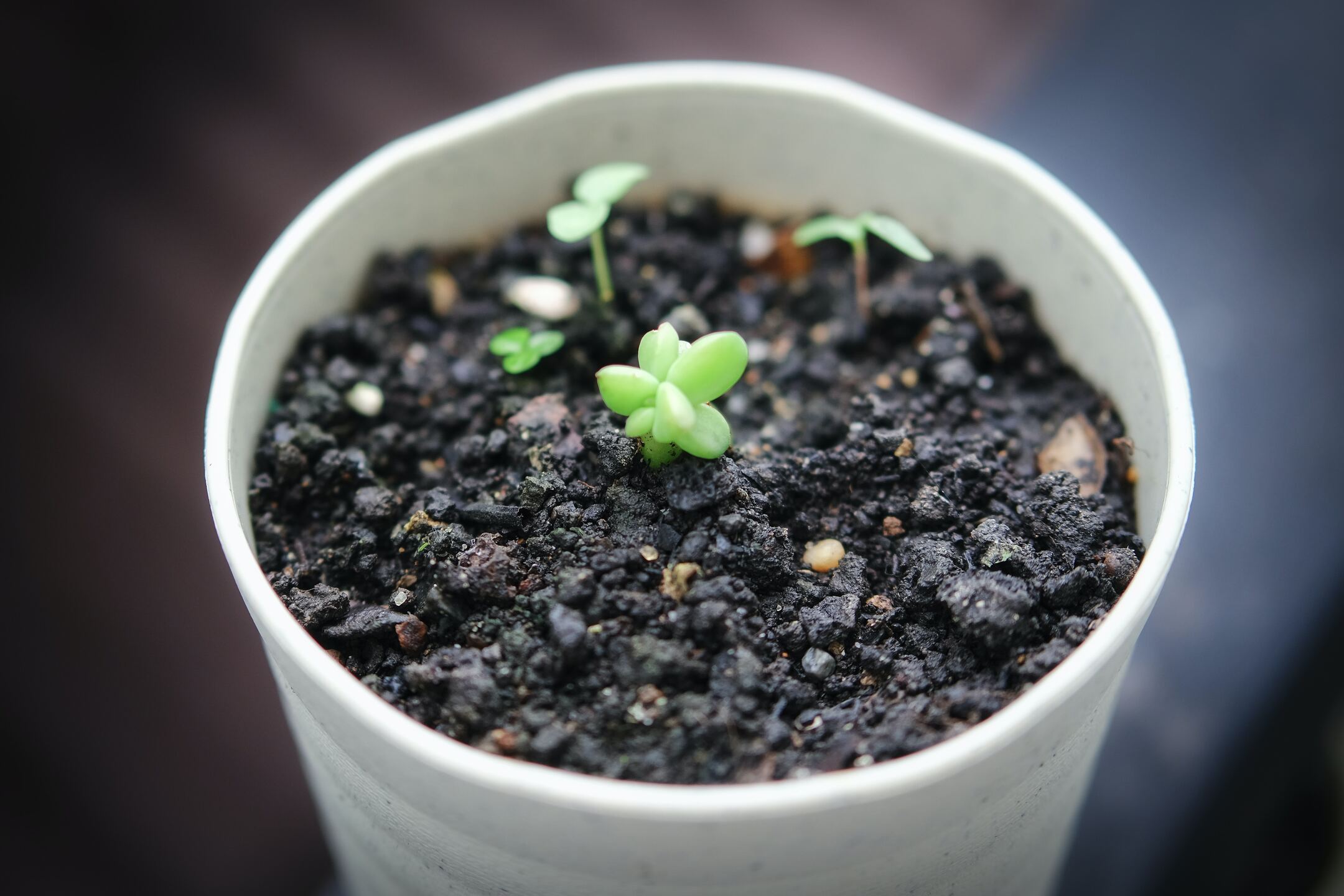
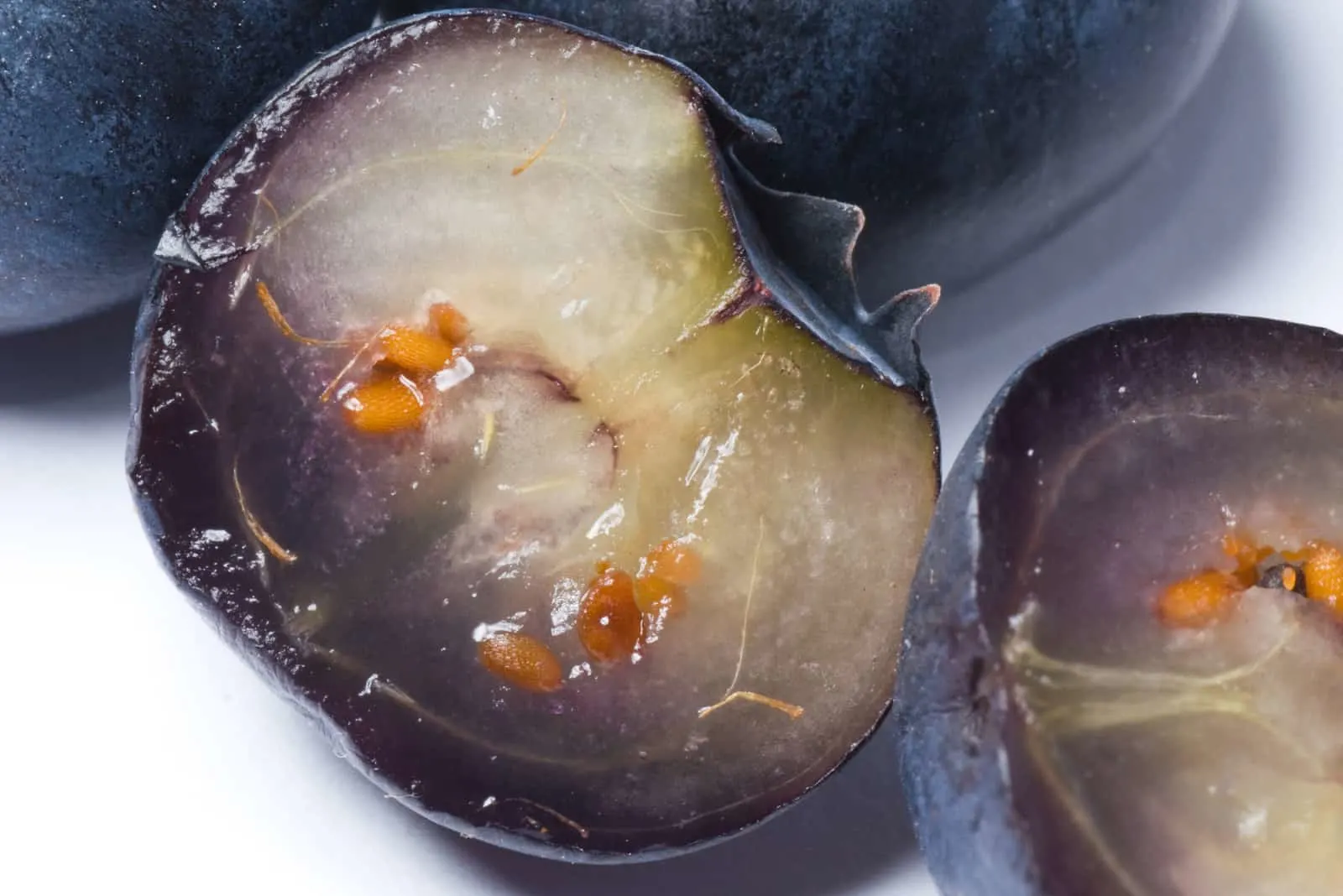
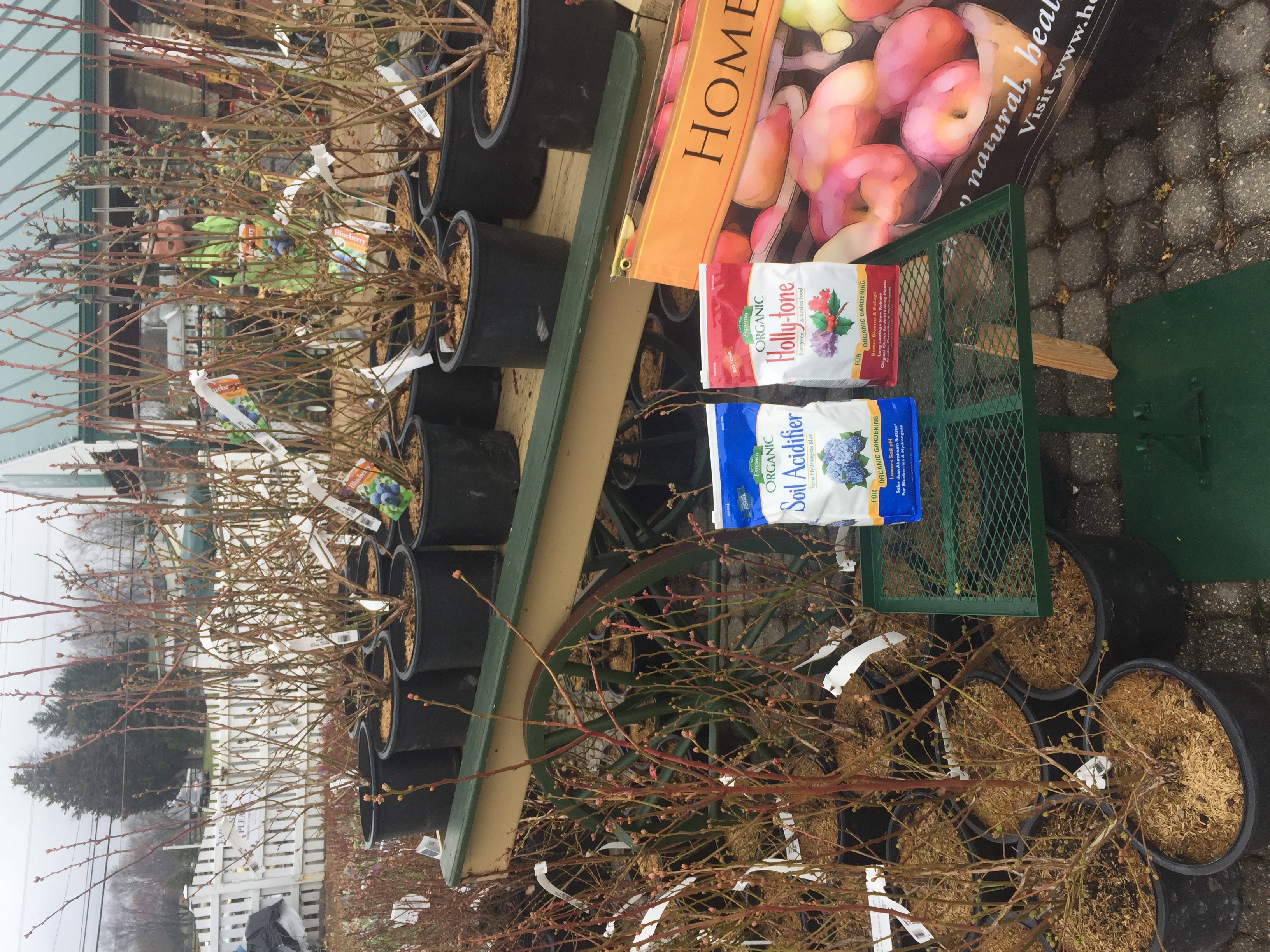

0 thoughts on “How To Store Washed Blueberries”